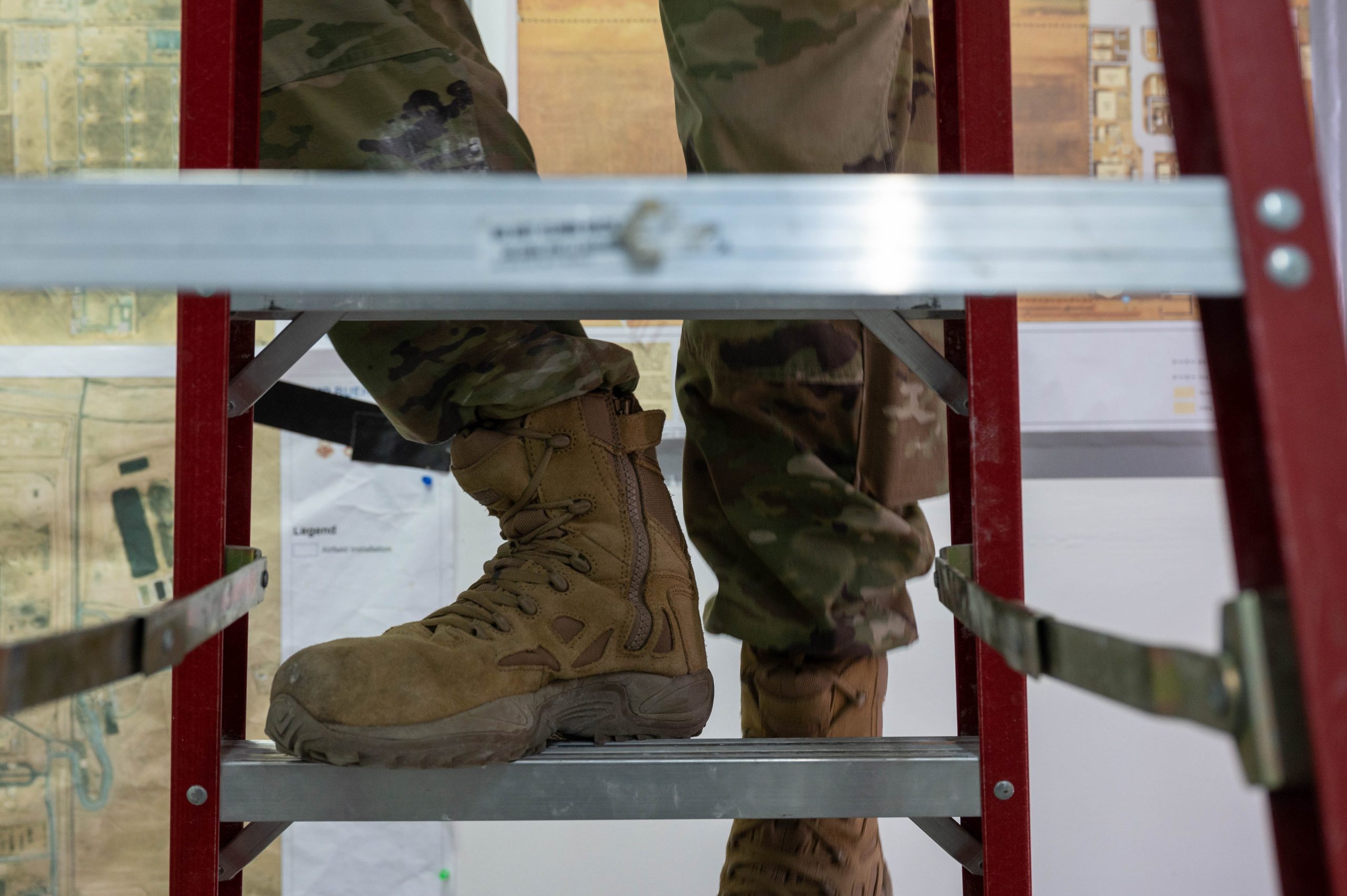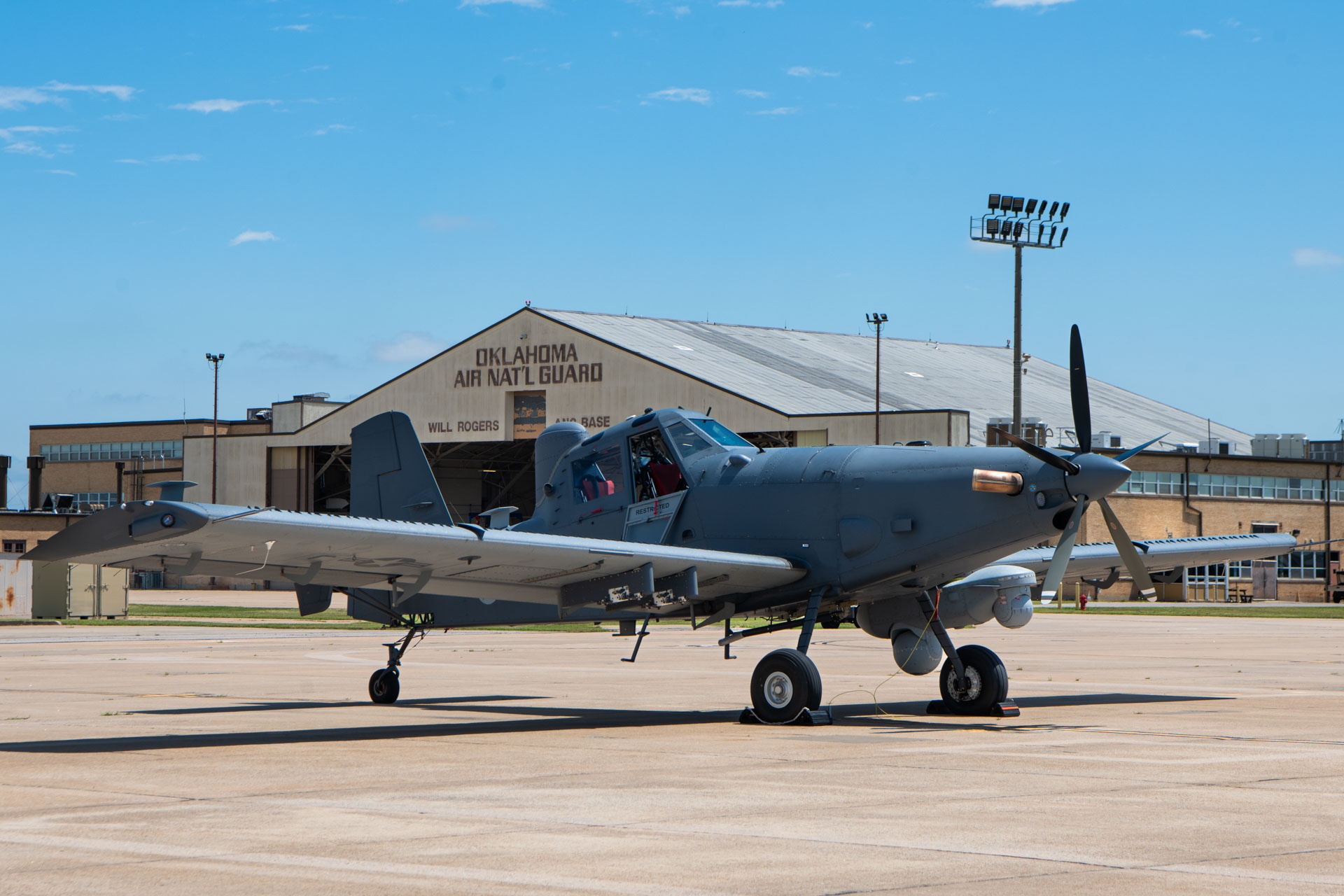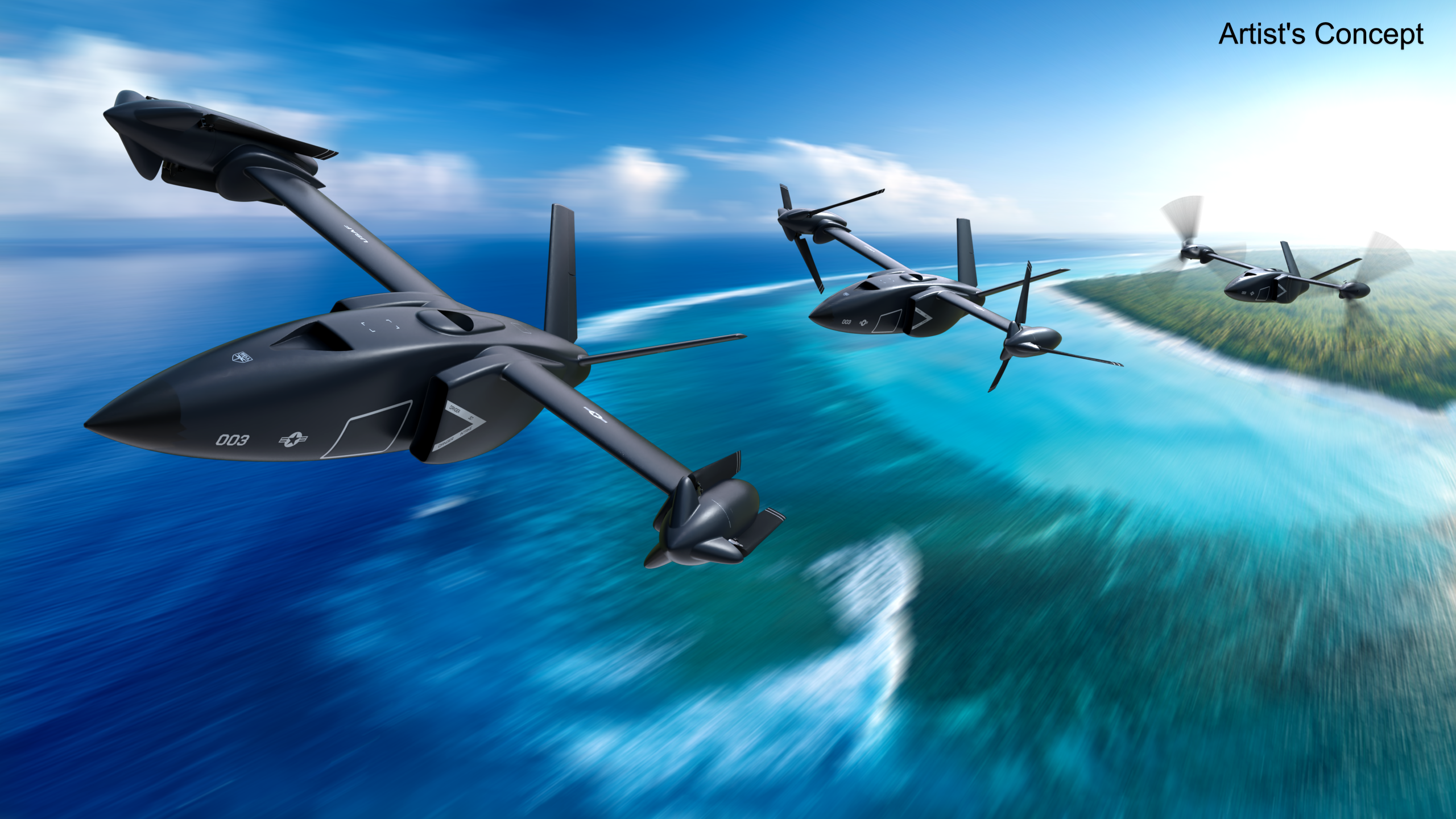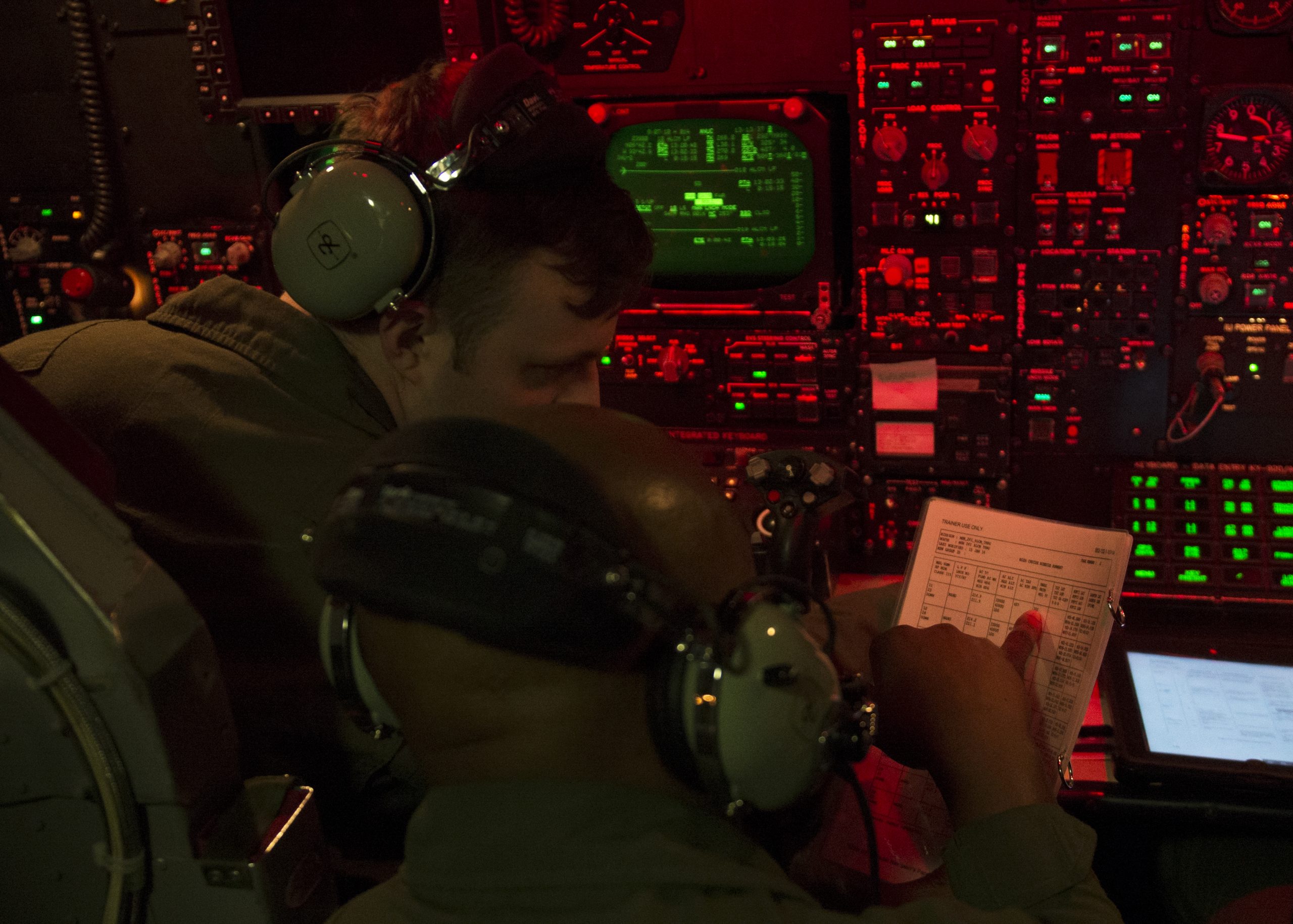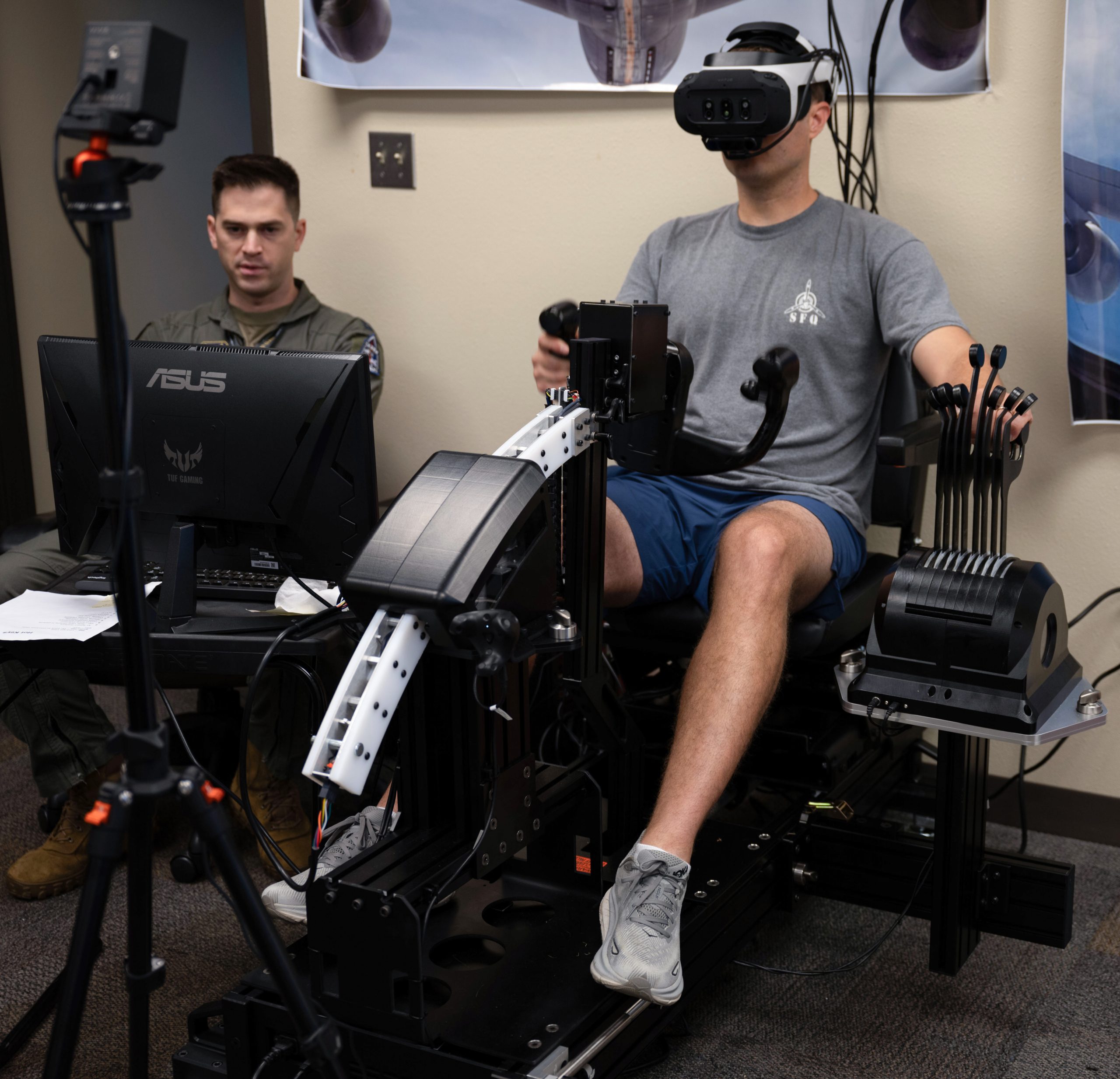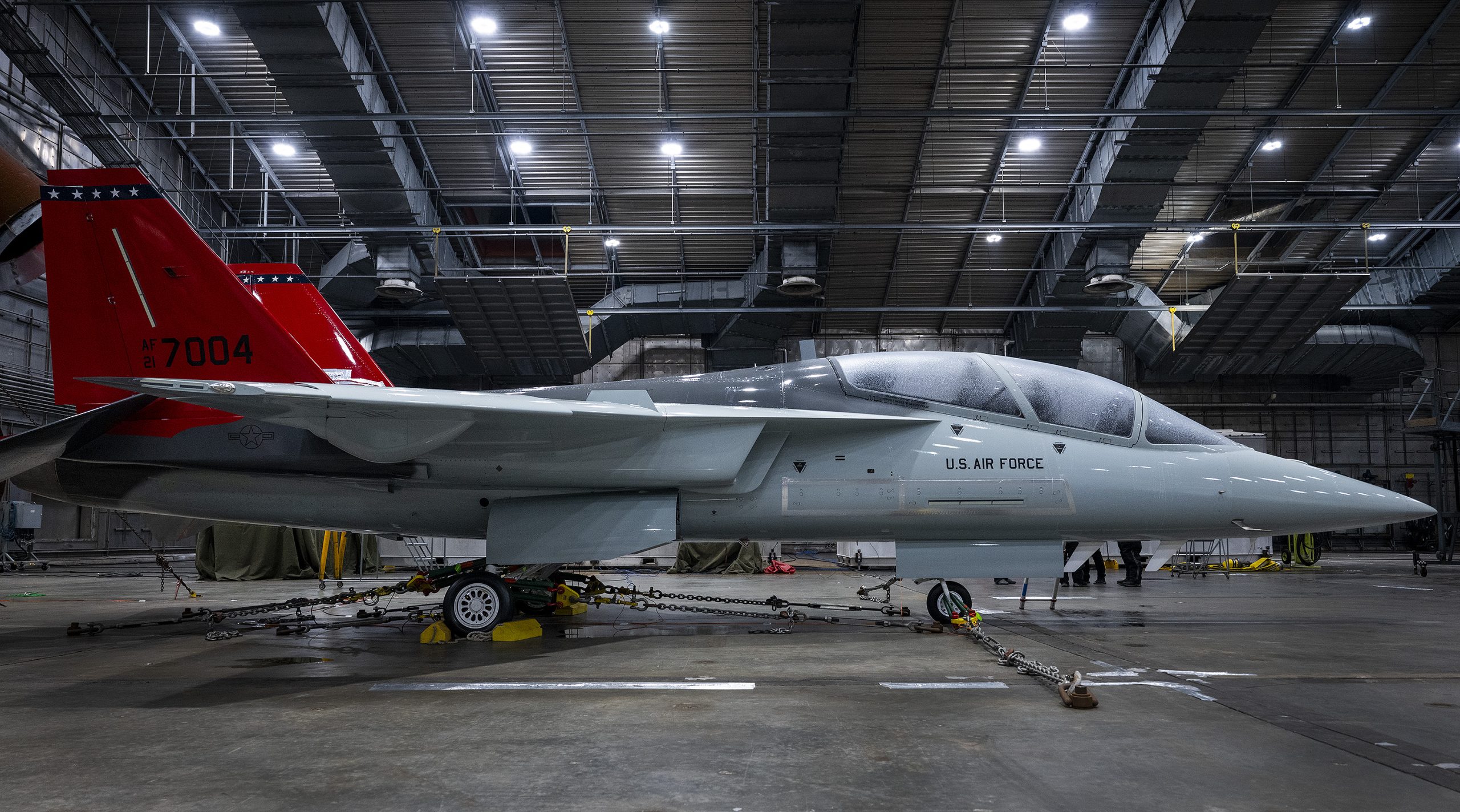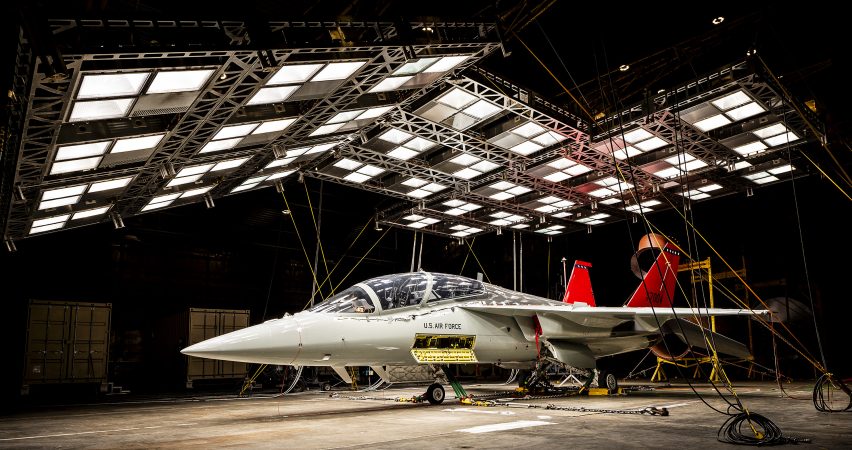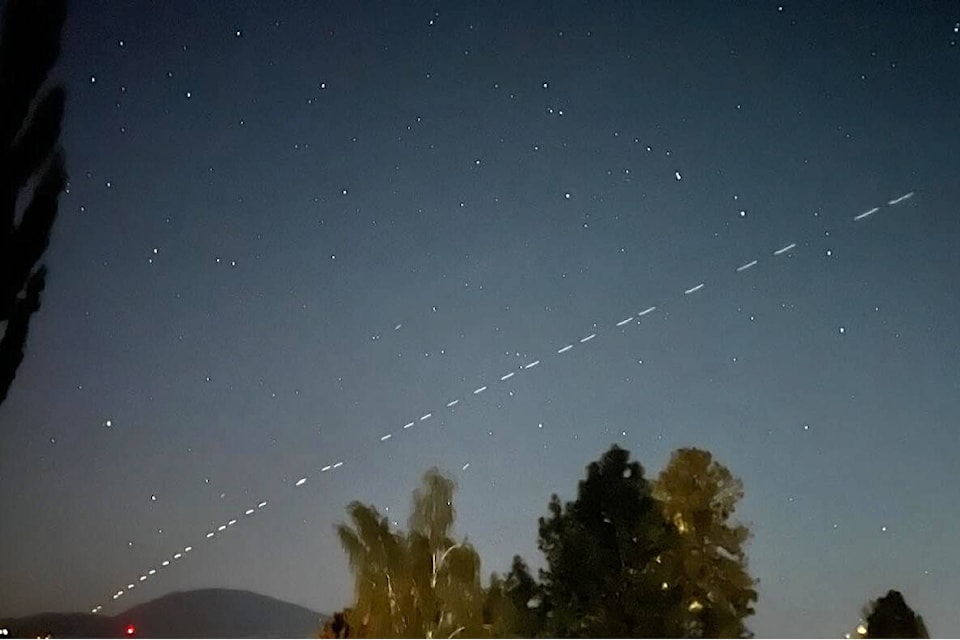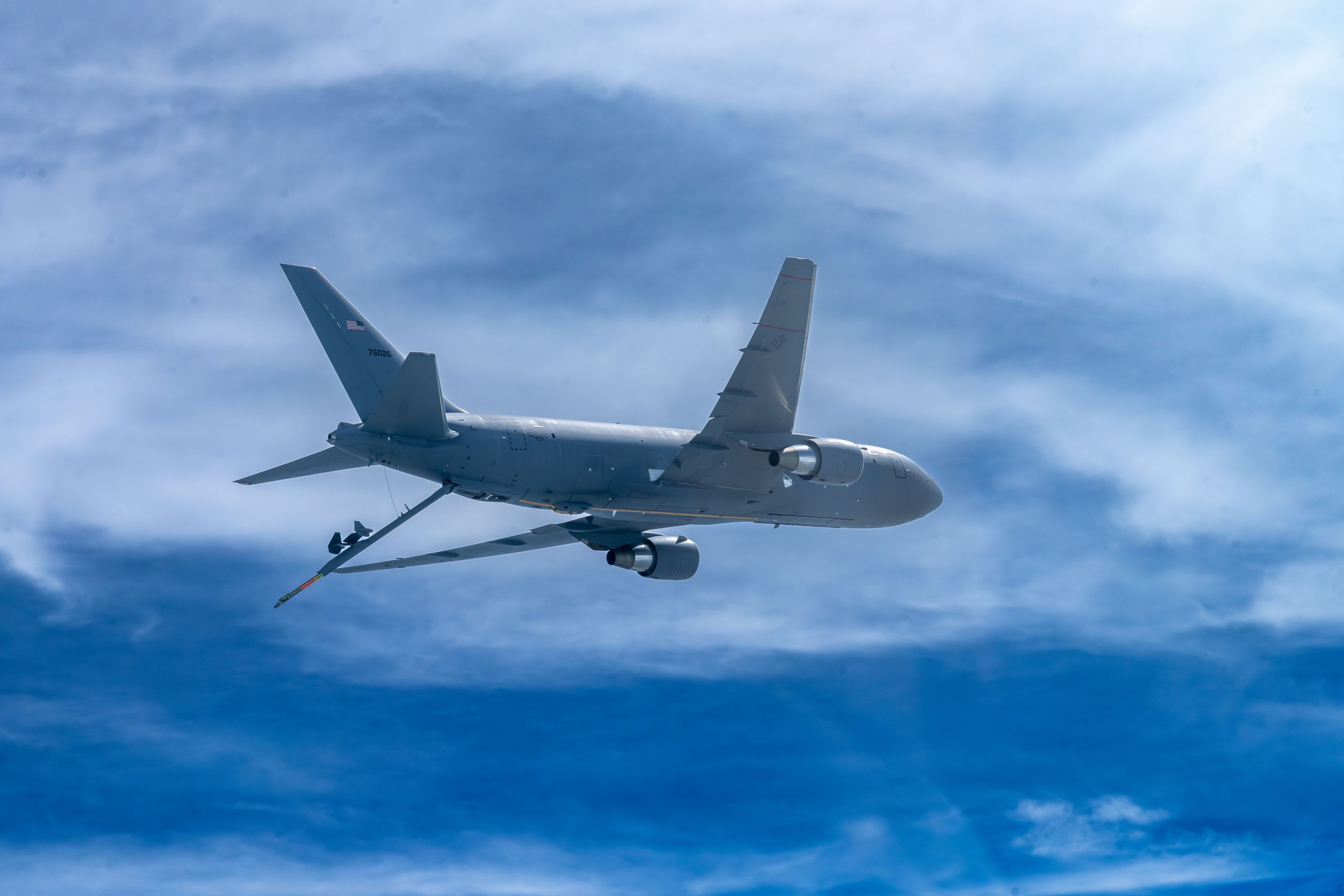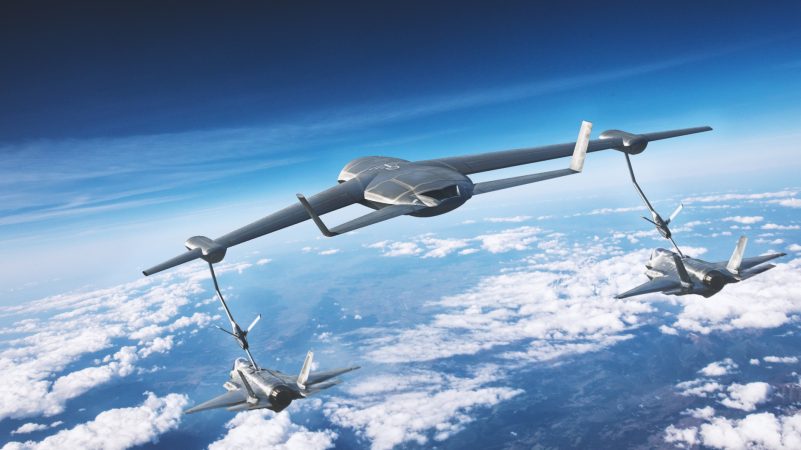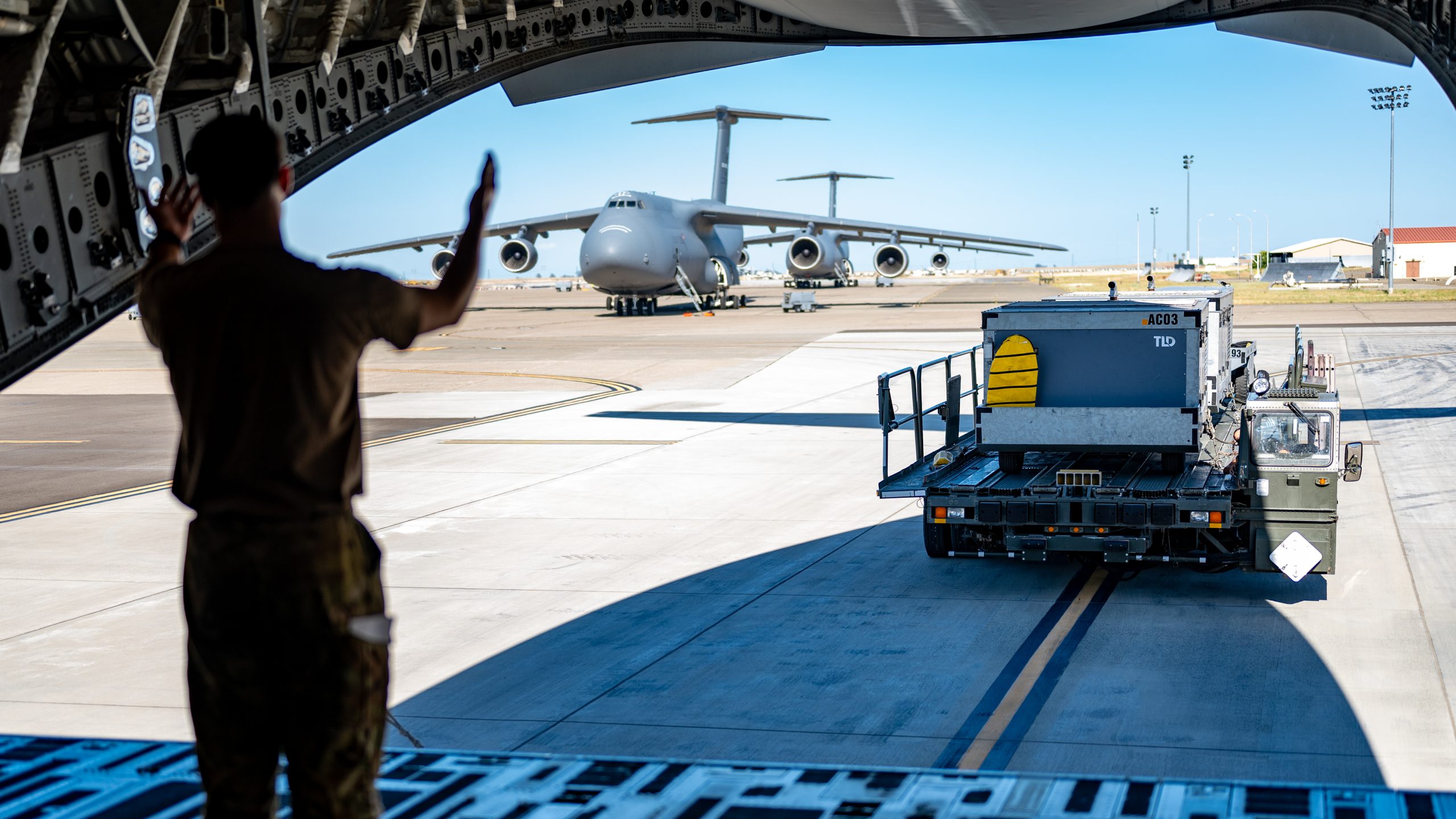New Air Force appearance standards revealed July 10 ban eyelash extensions for female Airmen, ending a four-year experiment. The new rules also set a clear standard for combat boots and clarify when and how Airmen can roll their shirtsleeves when wearing the operational camouflage pattern uniform.
Guardians are unaffected by the new policies; the Space Force is expected to unveil separate guidance “in the coming weeks.”
The lone exception to the Air Force’s new eyelash rules allows women with certain medical conditions to seek authorization to wear extensions up to 12 millimeters in length.
The Air Force first authorized eyelash extensions in late 2021, requiring extensions to “be female Airman’s natural eyelash color, will not exceed 14 millimeters in total length or touch the member’s eyebrow, and must present a natural appearance.”
An accompanying graphic detailed acceptable and unacceptable examples.

The new eyelash regulations go into effect 30 days after the Air Force officially publishes a new guidance memorandum to Department of the Air Force Instruction 36-2903. It marks the second time this year that the Air Force rolled back cosmetics use for female Airmen, having revised its nail polish policy Feb. 1. That move limited nail polish to only allow “clear or French and American manicure,” which typically consists of white tips and a clear or skin-colored base, disallowing dozens of colors approved just last year.
Boots
A second major change in uniform standards concerns combat boots worn with the OCP utility uniform. The new standard requires boots to rise at least 8 inches but not more than 12 from “the bottom of the heel tread to the top of the back of the boot.”
In the previous instruction, there was no rule on the height of the boot, only on the height of the boots soles, which was up to 2 inches.
The establishment of a minimum boot height closes a loophole that allowed Airmen to wear low-cut boots or even sneakers. The change goes into effect 90 days after the new guidance memo is published.
OCP Regs
Rolling or cuffing of OCP sleeves has been a point of contention over time, and the new rules enable more options. “When sleeves are not rolled up, cuffs may remain visible, or members may fold their sleeves once or twice,” the rule states.
The previous policy required cuffs to remain visible even when the sleeve was rolled, and for the sleeve to remain within one inch of the forearm.
Separately, the new rules also make clear that all officers—even aviators who typically where flight suits—must maintain an OCP uniform “regardless of career field.”
Chief Master Sergeant of the Air Force David A. Flosi wrote on Facebook that “this update is based on feedback from our NCOs & the Standards and Readiness Reviews across the force.”
The rules are consistent with Chief of Staff Gen. David W. Allvin’s announcement earlier this year to review and more vigorously enforce dress and appearance standards.
Allvin and other Air Force leaders have said the service needs to renew its focus on standards, arguing that attention to small details is necessary to necessary to ensure Airmen are as ready as possible.
In addition to the new dress and appearance rules, a whole slate of uniform, appearance, and grooming rules went into effect Feb. 1. Leadership has also directed commanders to conduct quarterly “standards and readiness reviews” and is considering changes to the physical fitness test.
